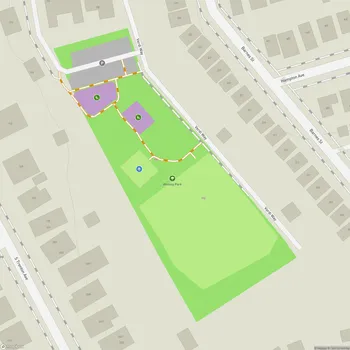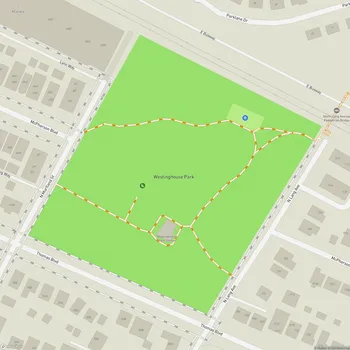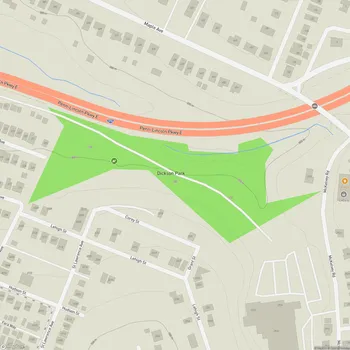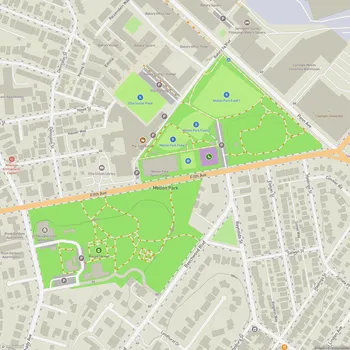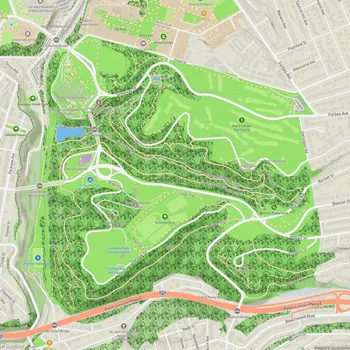Frick Park
Frick Park Map
About Frick Park in Pittsburgh
Frick Park is the largest municipal park in Pittsburgh, Pennsylvania, covering 644 acres of land. Established in 1927, the park originated from a 151-acre bequest by industrialist Henry Clay Frick in 1919. Over time, it has expanded to stretch from the Point Breeze neighborhood down to the Monongahela River.
Known as Pittsburgh's woodland park, Frick Park is characterized by its extensive trail system winding through steep valleys and wooded slopes. This natural setting provides an ideal escape from urban noise and offers a rich habitat for local flora and fauna. The park is particularly noted for its bird populations, with over 100 species recorded at Clayton Hill, making it a favorite spot for birding enthusiasts.
The park features a diverse landscape, including mature forests, meadows, and streams. Nine Mile Run, a restored stream valley, flows through the southern portion of the park. This area, added in 1996 as part of the Summerset at Frick Park development, contributes to the park's ecological significance and provides additional recreational opportunities.
Frick Park caters to a wide range of recreational activities. It includes well-maintained hiking and biking trails, sports facilities such as baseball fields and tennis courts, and playgrounds for children. The Blue Slide Playground, located in the Squirrel Hill section of the park, is a popular attraction for families. The park also houses Pennsylvania's only public lawn bowling green, adding to its unique offerings.
Environmental education is a key focus at Frick Park. The Frick Environmental Center, rebuilt after a fire destroyed the original structure, serves as an educational hub. This state-of-the-art facility, which achieved LEED Platinum certification, offers programs and resources to help visitors learn about nature and conservation.
Throughout its history, Frick Park has undergone various restoration and improvement projects, many led by the Pittsburgh Parks Conservancy. These efforts have focused on ecological restoration, trail maintenance, and enhancing visitor facilities, ensuring that the park continues to serve as a valuable natural and recreational resource for Pittsburgh residents and visitors.
